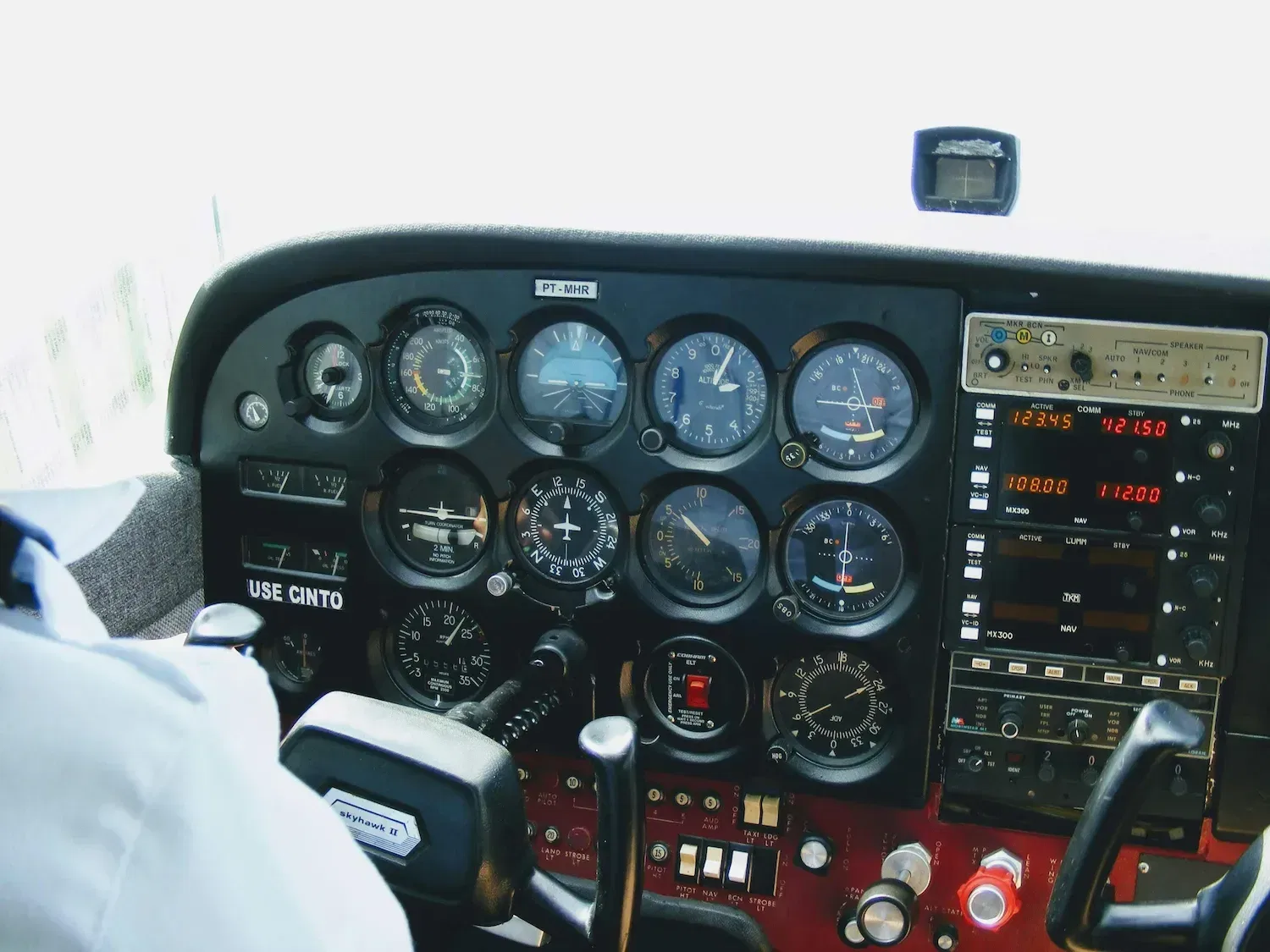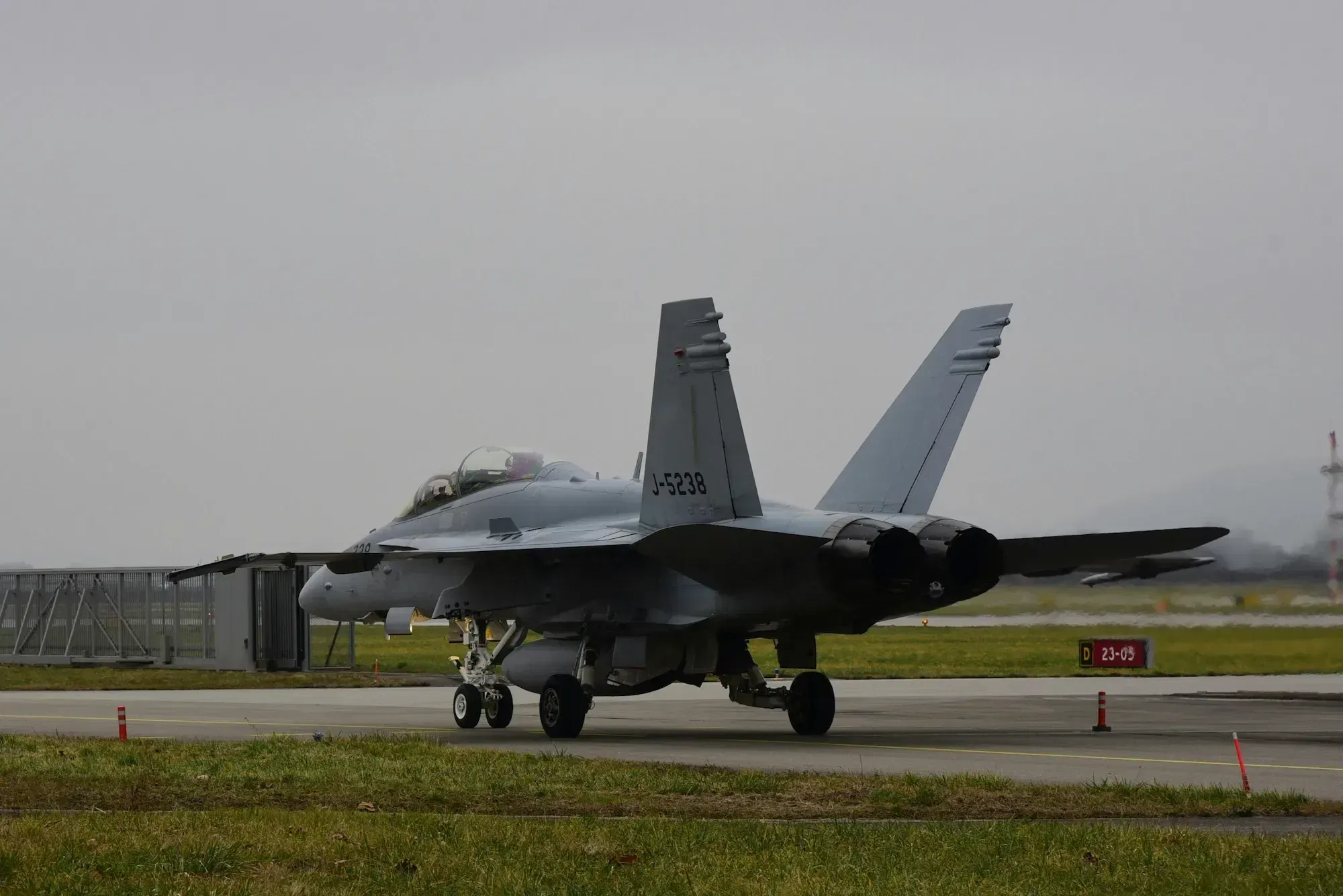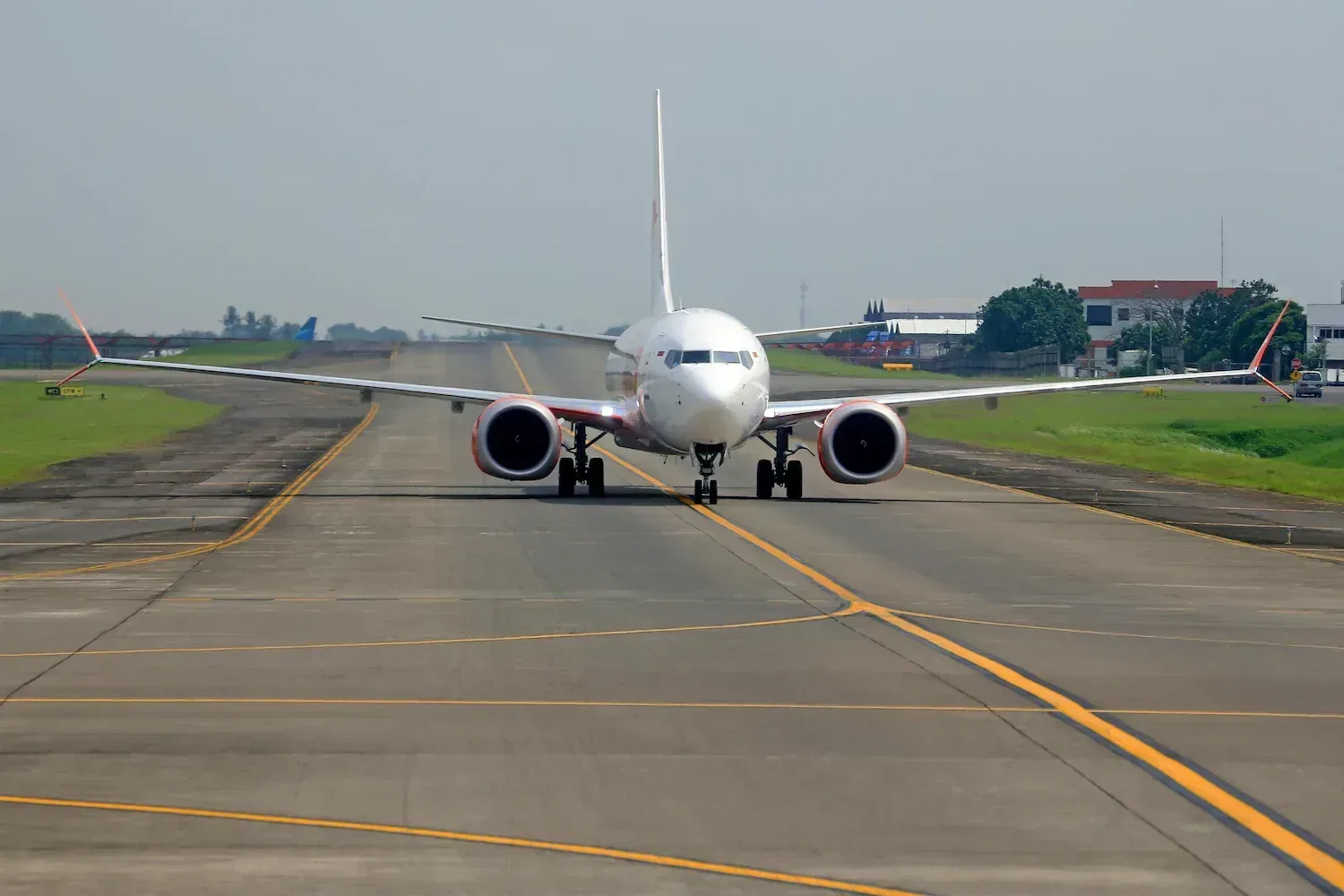Topics and Articles – Explore Science & Engineering Knowledge
Welcome to our Topics and Articles section! Discover a growing library of informative, beginner-friendly, and expert-level articles covering a wide range of science, electronics, physics, aerodynamics, and engineering topics. Whether you're just getting started or looking to deepen your knowledge, our content is designed to help you understand core concepts and apply them in hands-on projects and experiments. We continuously update this section with fresh articles and new DIY projects—visit regularly to stay up to date with the latest in science and engineering.
Ready to explore? Browse our articles and start learning today!
Learn how to measure thrust of a 1000KV brushless motor with a 9x4 prop and 3S LiPo using a simple kitchen scale setup. Includes tips, safety, and improvements.
Learn how to calibrate a hotwire cutter for precise foam cutting with this hands-on DIY guide. Step-by-step instructions, tips, and real examples to get perfect results every time.
Remote control (RC) systems form the communication bridge between an RC pilot and their aircraft. Whether you're flying a beginner trainer or a custom FPV aircraft, the transmitter and receiver work together to deliver precise control. In this guide, we’ll cover how RC systems function, break down essential features like channels and signals, and focus on FlySky—a brand known for reliability, affordability, and beginner-friendliness
Learn how airplane control surfaces like ailerons, elevators, and rudders work to steer aircraft. This detailed guide covers their functions, limits, and how RC models use servos, linkages, and transmitter settings for precise control.
The tail section of an airplane plays a critical role in the stability, control, and performance of the aircraft. Whether you're building a foam RC model or designing a full-scale airplane, understanding tail configurations helps you make informed decisions about flight characteristics like yaw control, pitch stability, and aerodynamic efficiency
Dihedral wing design is a foundational element in aircraft stability engineering. By angling the wings upward, designers introduce a natural restoring force that improves roll stability and helps maintain level flight. This makes dihedral ideal for aircraft where ease of control and passive stability are important, such as gliders, UAVs, and training platforms





